Taylorcraft L-2 / O-57 "Grasshopper" y1941
|
|||||||||||||||||||||
|
|
|
|
|---|
.
History Piper aircraft, Inc.
Taylorcraft L-2 / O-57 "Grasshopper" 1941

The Taylorcraft L-2 Grasshopper is an American observation and liaison aircraft built by Taylorcraft for the United States Army Air Forces in World War II.
Design and development
In 1941 the United States Army Air Forces ordered four Taylorcraft Ds with the designation YO-57. They were evaluated in the summer of 1941 during maneuvers in Louisiana and Texas where they were used for support purposes such as light transport and courier. General Innis P. Swift, commander of the 1st Cavalry Division, coined the 'grasshopper' name after witnessing a bumpy landing. This led to a production order under the designation O-57 Grasshopper. In March 1942, the designation was changed to L-2 Grasshopper.
-
Design and development
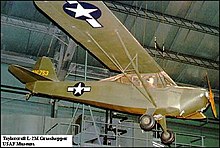
Taylorcraft L-2M at the National Museum of the United States Air Force In World War II, the Army Ground Forces began using the L-2 and other liaison aircraft in much the same manner as the observation balloon was used in France during World War I—spotting enemy troop and supply concentrations and directing artillery fire on them. It was also used for liaison (communication) and transport duties and short-range reconnaissance that required airplanes able to land and take off from roads, open fields, and hastily prepared landing strips. The L-2 was primarily used in a training role within the United States and few saw overseas deployment.
Postwar, several L-2s were converted for civilian use and are operated by private pilot owners in the United States as the Model DCO-65. Several are still airworthy in 2021.
The L-2 series meet the standards for light-sport aircraft (other than the L-2M, which has a gross weight rating five pounds over the 1,320-lb limit), thus can be flown by pilots holding the Sport Pilot Certificate.
Variants Military
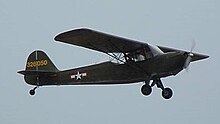
L-2M flying with the Texas Air Museum in Slaton, Texas. Operators
0
KmCeiling
0
KmMAX RANGE
0
Km.hAircraft Speed
0
Max Crew
Photo Gallery
Piper aircraft, Inc.
Taylorcraft L-2 / O-57 "Grasshopper" 1941
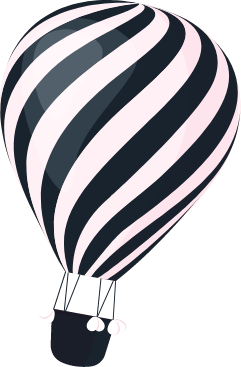
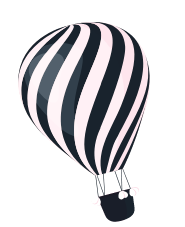
Piper aircraft, Inc.
Taylorcraft L-2 / O-57 "Grasshopper"
General characteristics
- Crew: Two, pilot and observer
- Capacity: 425 lb (193 kg)
- Length: 22 ft 9 in (6.9 m)
- Wingspan: 35 ft 5 in (10.8 m)
- Height: 6 ft 8 in (2.0 m)
- Wing area: 181 sq ft (16.8 m2)
-
Powerplant
- Empty weight: 875 lb (397 kg)
- Gross weight: 1,300 lb (590 kg)
- Max takeoff weight: 1,300 lb (590 kg)
- Powerplant: 1 × Continental O-170-3 4-cylinder air-cooled engine, 65 hp (48 kW)
Specifications
- Maximum speed: (148 km/h, 80 kn)
- Cruise speed: (134 km/h,at 2,150 rpm[
- Stall speed: (69 km/h, ) power on
- Never exceed speed: (225 km/h,)
- Range: (488 km, at 2,000 rpm
- Service ceiling: (3,658 m)
Links to Youtube & Others
History: Following an aerial observation tradition more than 200 years old, the Taylorcraft Model D tandem trainer was "drafted" in 1941 for artillery spotting, light transport and courier service. After the U.S. Army successfully evaluated examples of the aircraft under the designation YO-57 for use in artillery spotting and liaison, 70 were ordered as the O-57 Grasshopper, powered by a 65hp Continental O-170-3 engine. That order was followed by a modification that added a radio and improved the all-around view with additional glazing to the cockpit area. 336 of that variant, designated O-57A, were ordered.
Taylorcraft L-2 / O-57 "Grasshopper"
Postwar, several L-2s were converted for civilian use and are operated by private pilot owners in the United States as the Model DCO-65.
Youtube Link
The L-2M is an adaptation of Taylorcraft’s civilian Model D. First tested by the Army in 1941 as the YO-57,
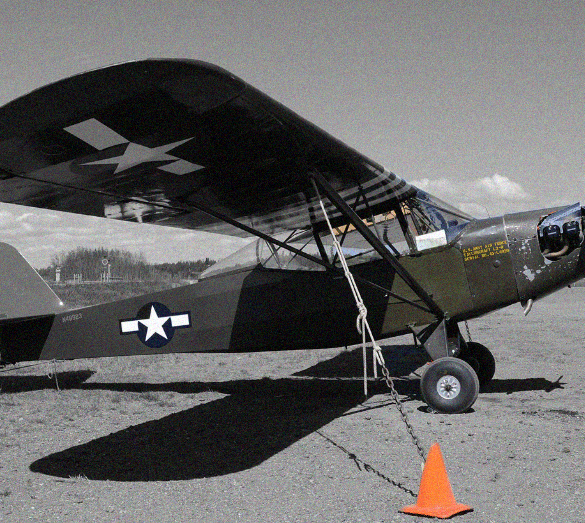






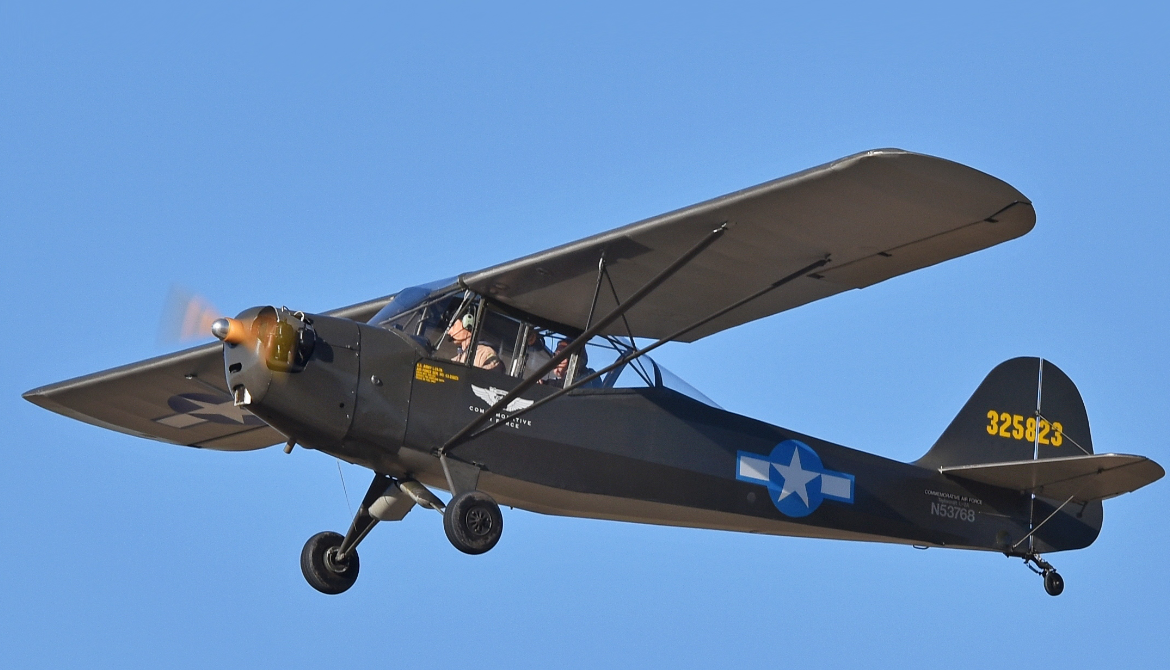
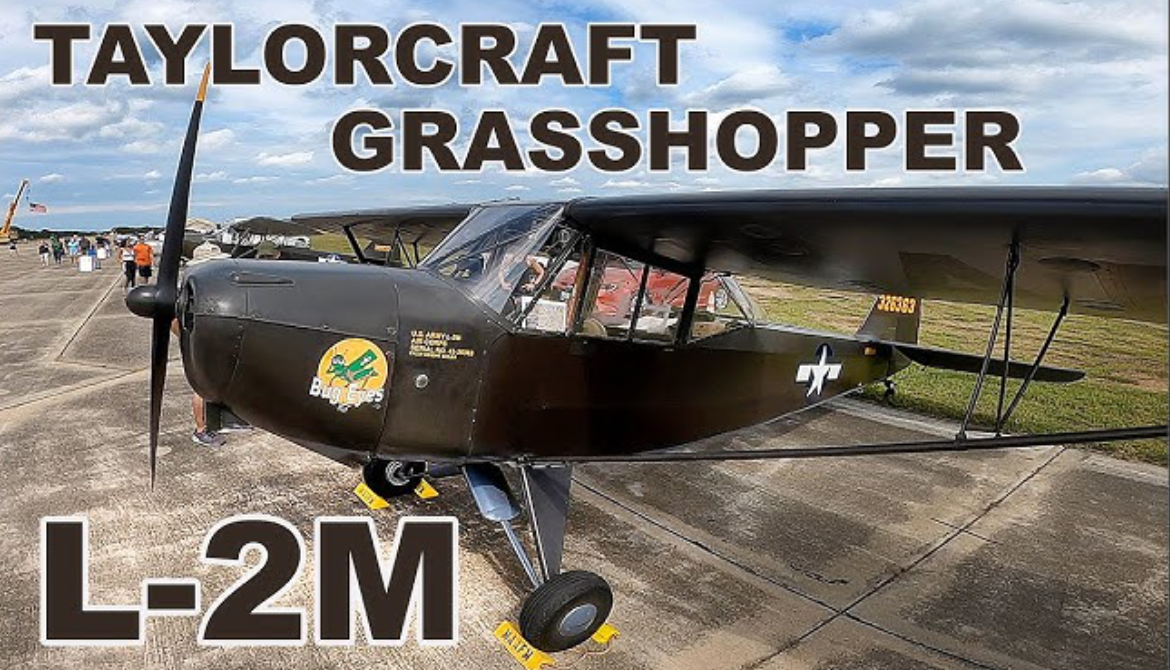
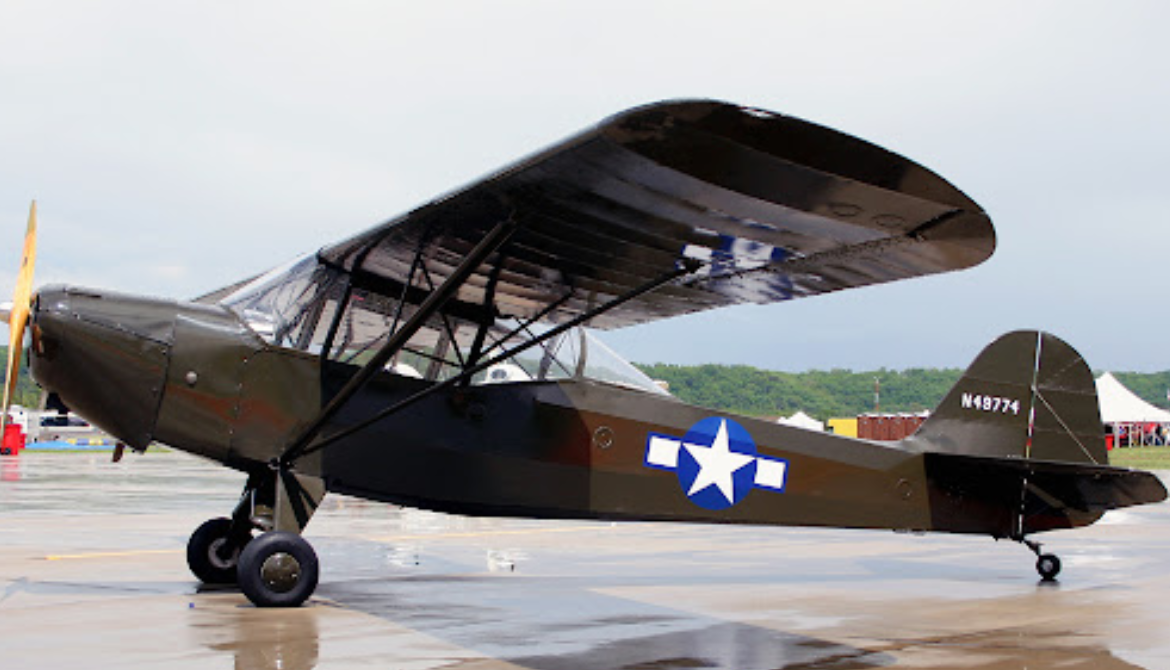
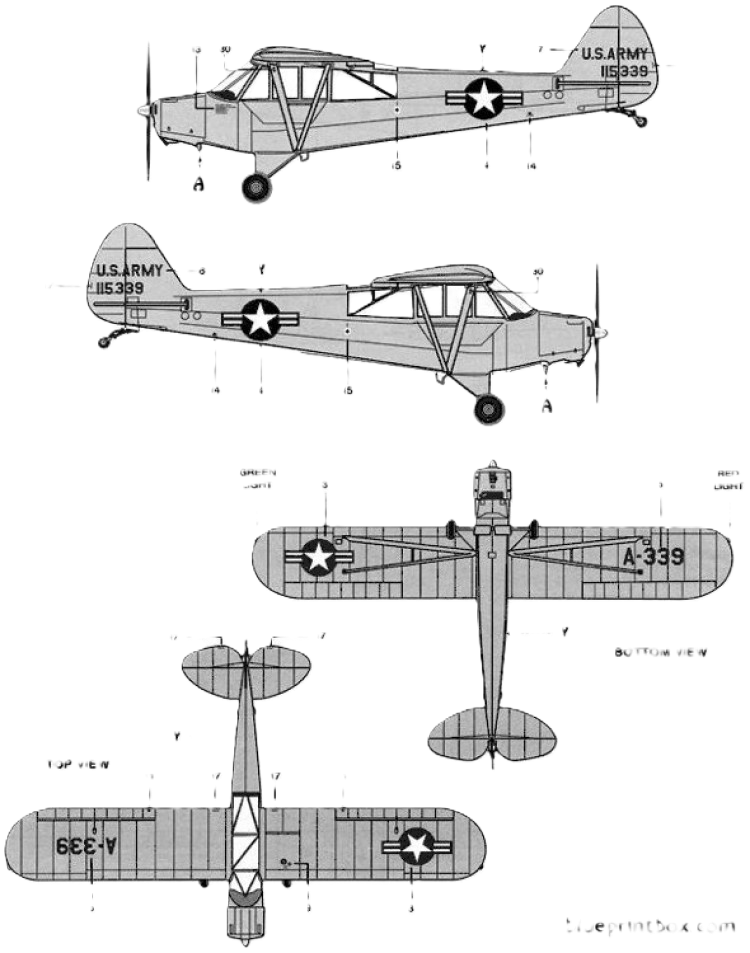
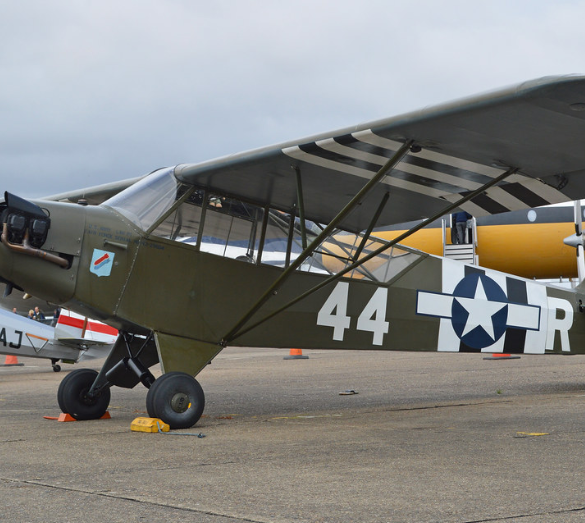
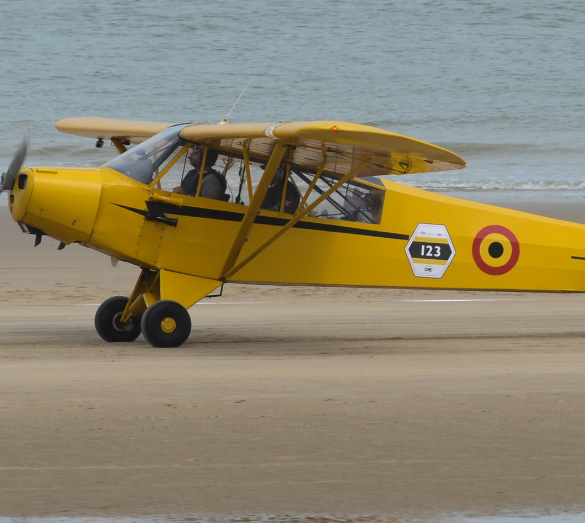
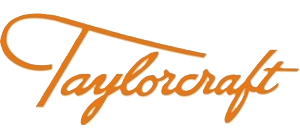
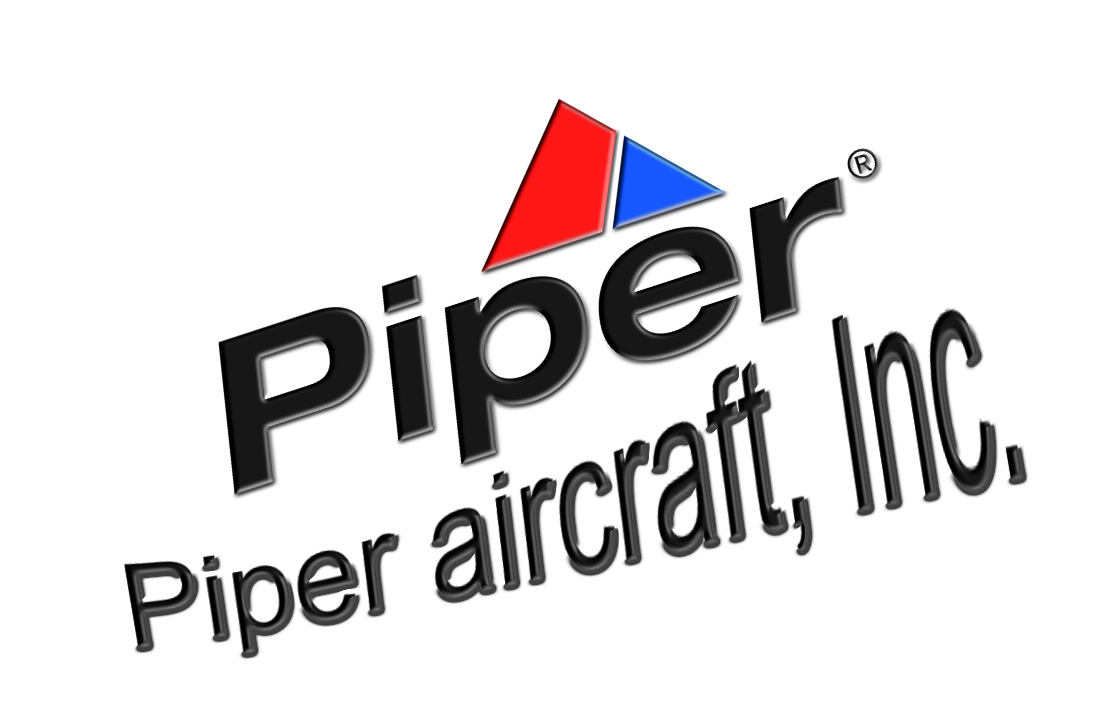
.png)
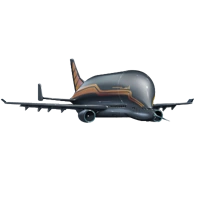
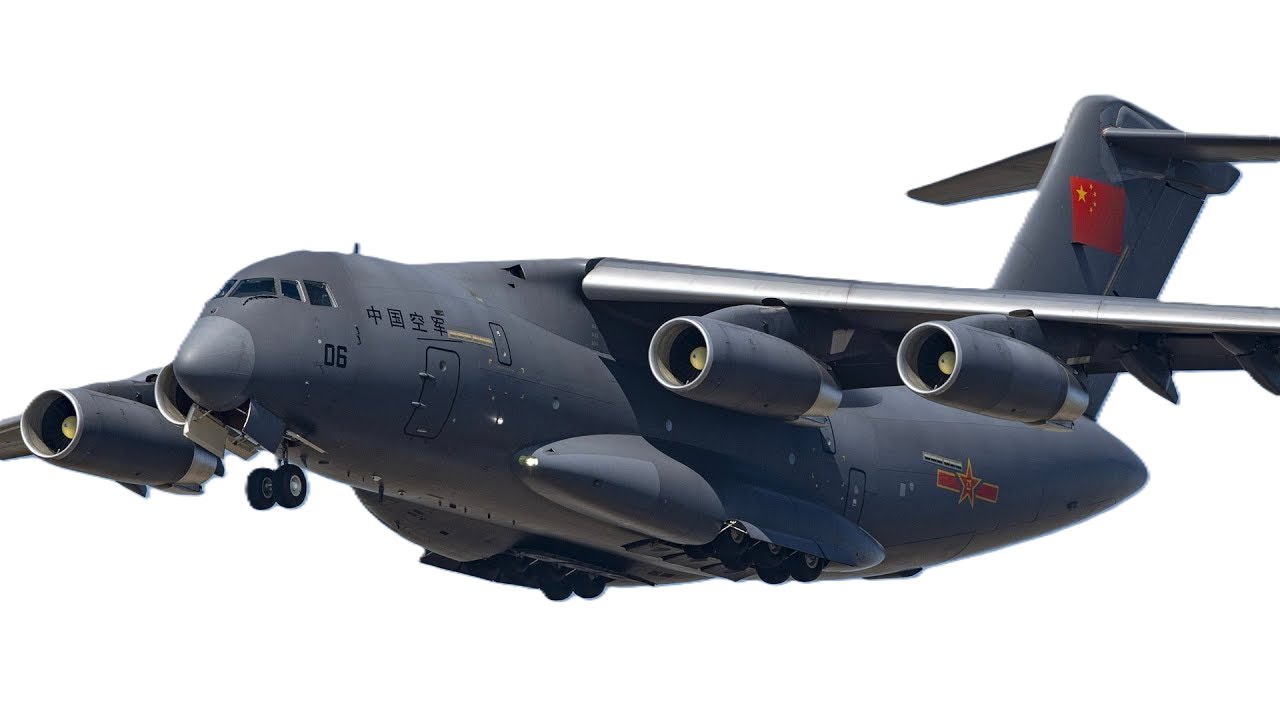
.png)